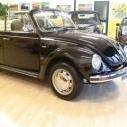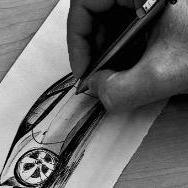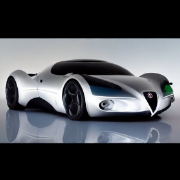Volkswagen Passat B7 2010 [Sedan, Variant](Topic Ufficiale)
-
Contenuti simili
-
[BRA] Volkswagen Tera 2025 (Teaser)
Pubblicato da MotorPassion,
- volkswagen
- tera 2025
- (e 2 altri in più)
- 2 risposte
- 514 visite
-
- 43 risposte
- 4580 visite
-
- 16 risposte
- 1730 visite
-
-
-







.thumb.jpg.d20c5008a881490f9c7f843d442a34f8.jpg)
.thumb.jpg.902d2a4f20a129e92b6f6920407b81bd.jpg)
















Messaggi Raccomandati:
Crea un account o accedi per lasciare un commento
Devi essere iscritto per commentare e visualizzare le sezioni protette!
Crea un account
Iscriviti nella nostra community. È facile!
Registra un nuovo accountAccedi
Sei già registrato? Accedi qui.
Accedi Ora